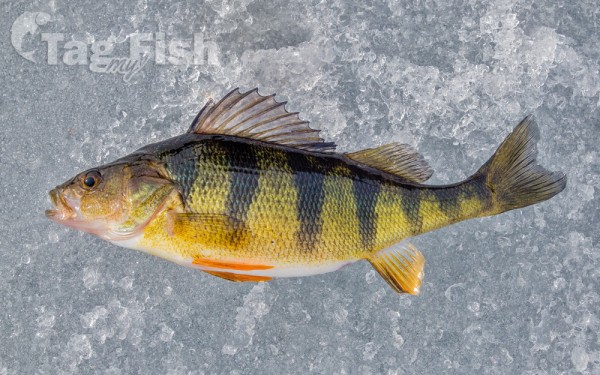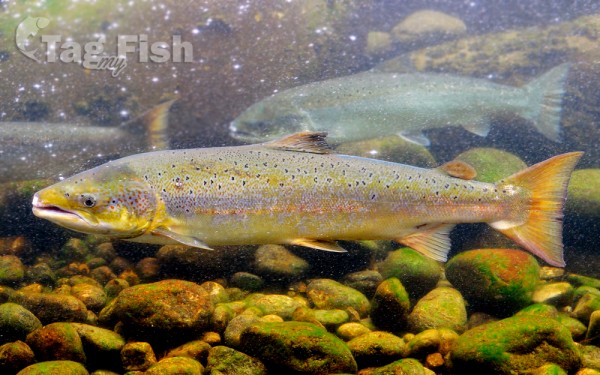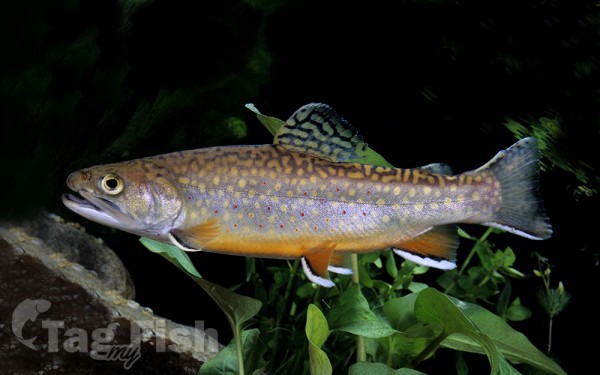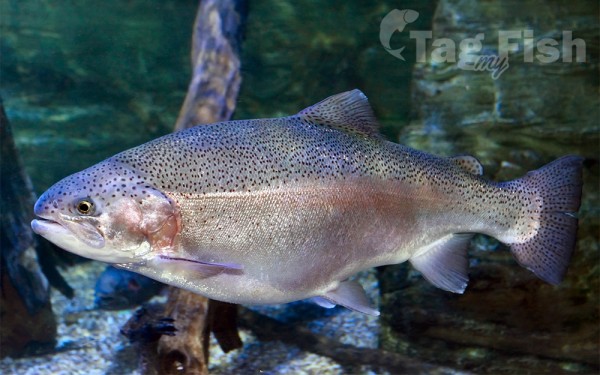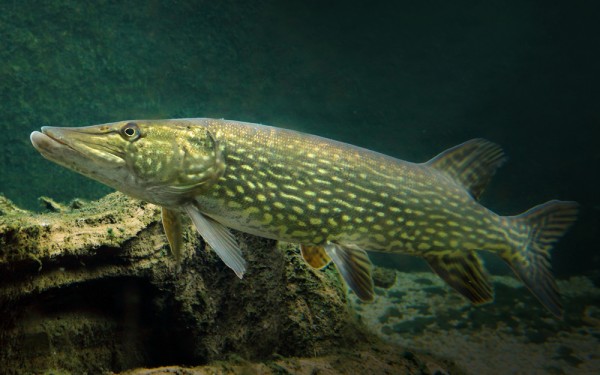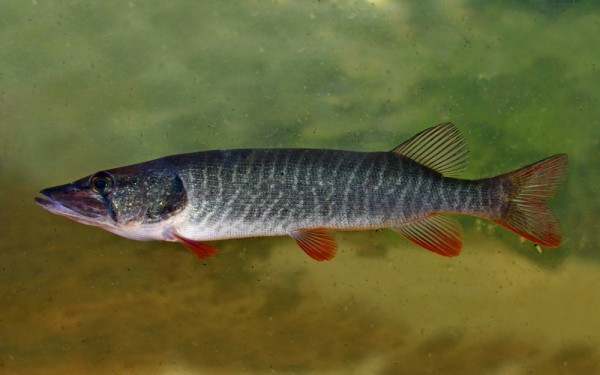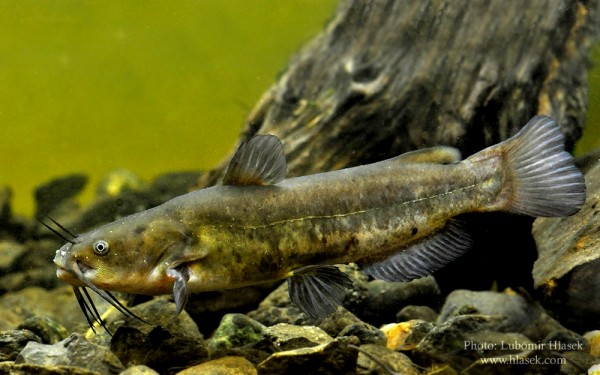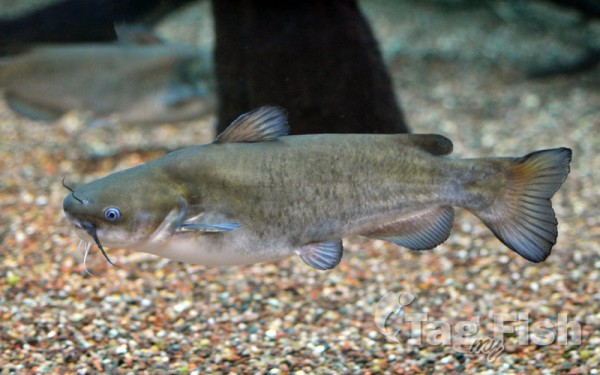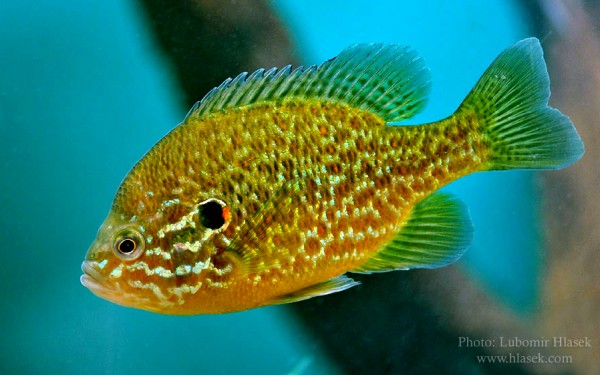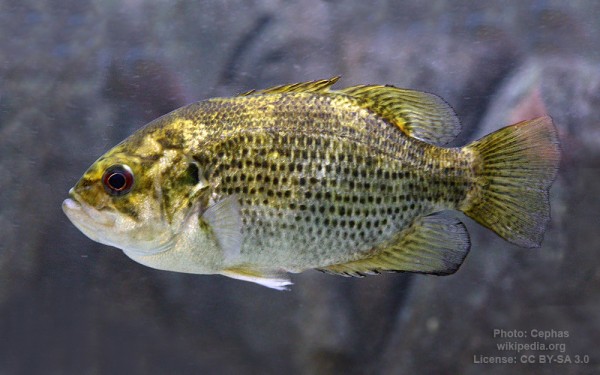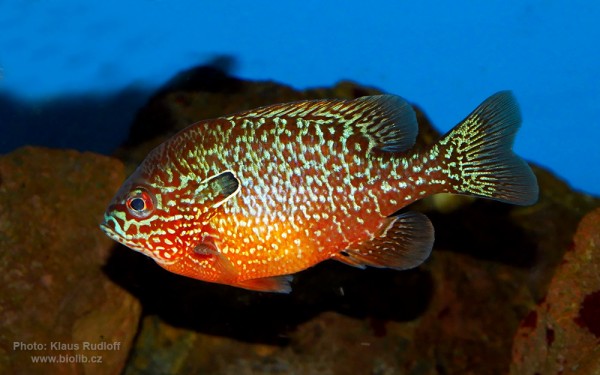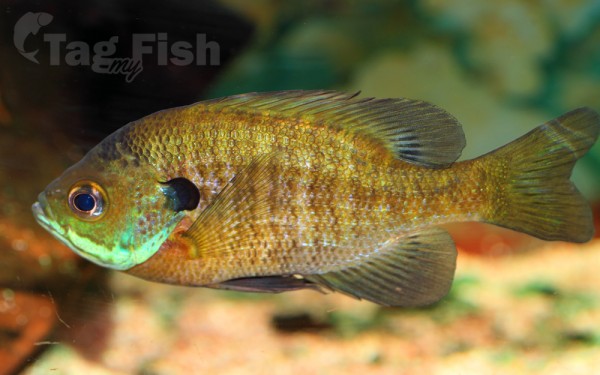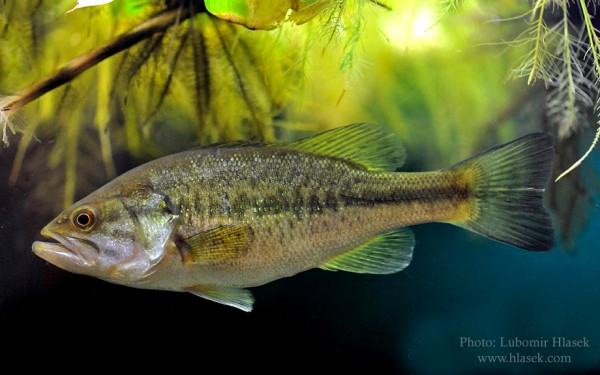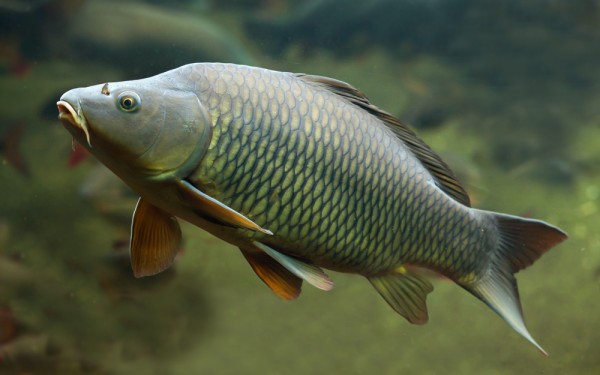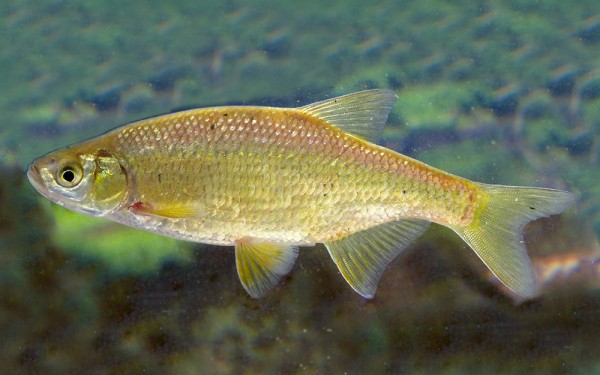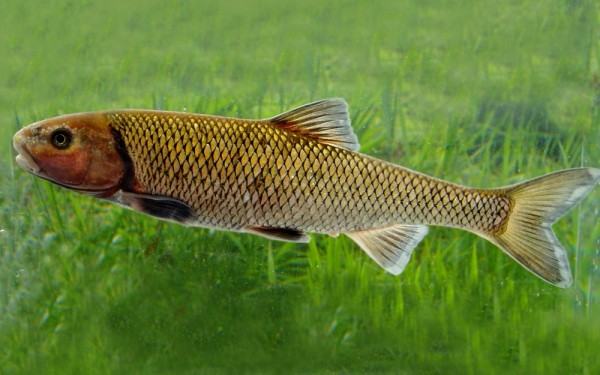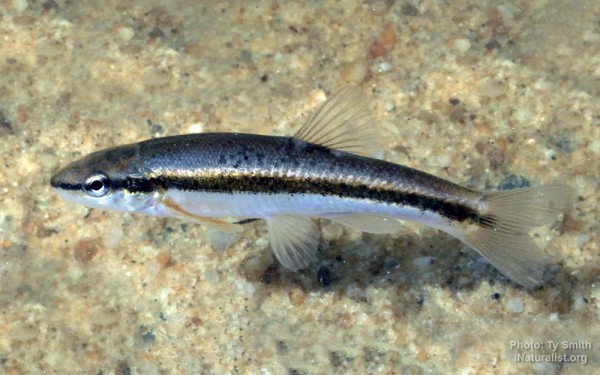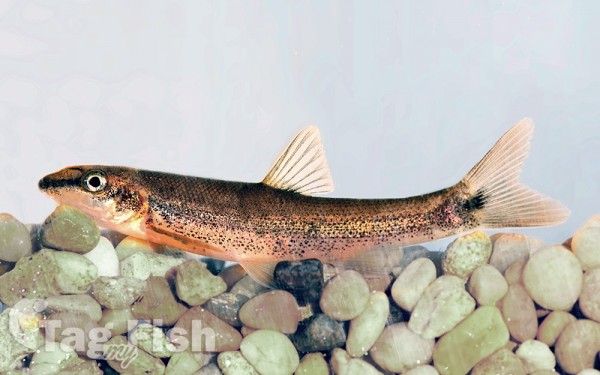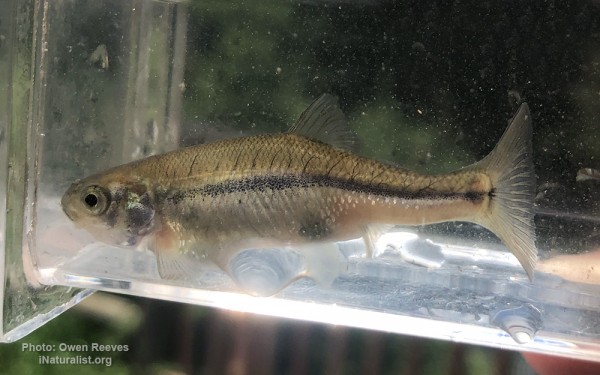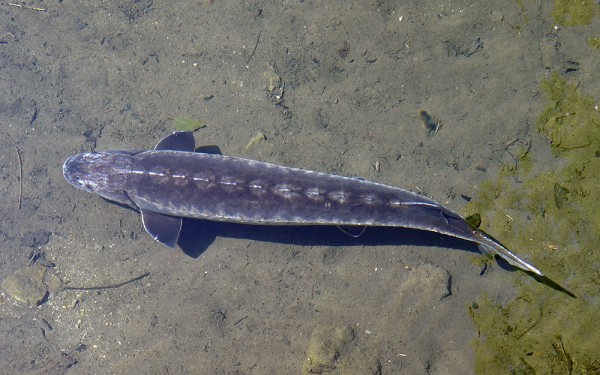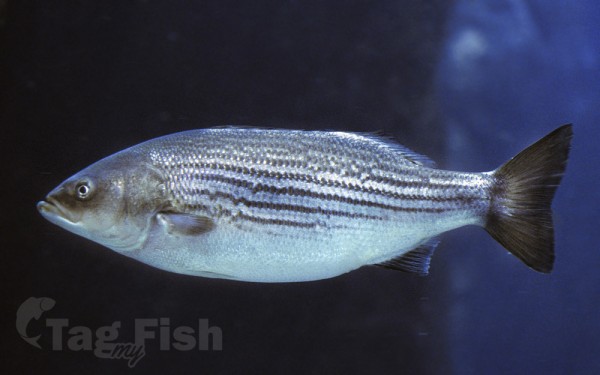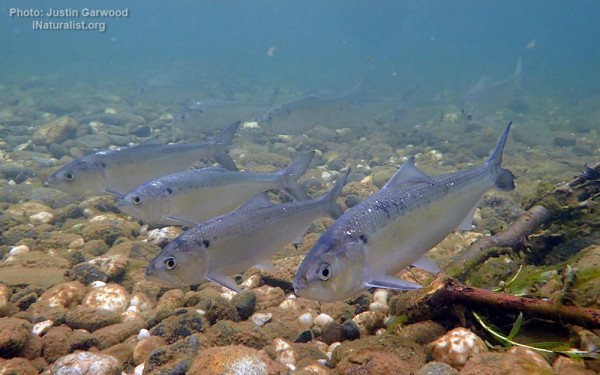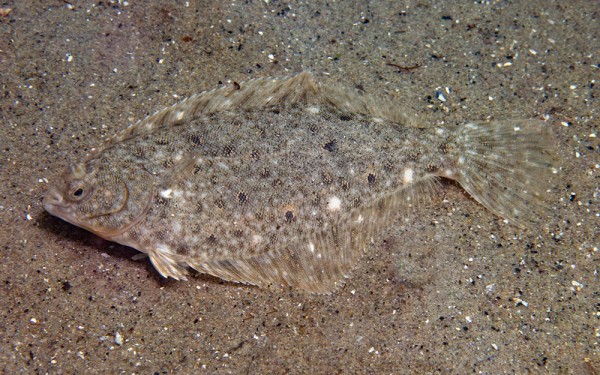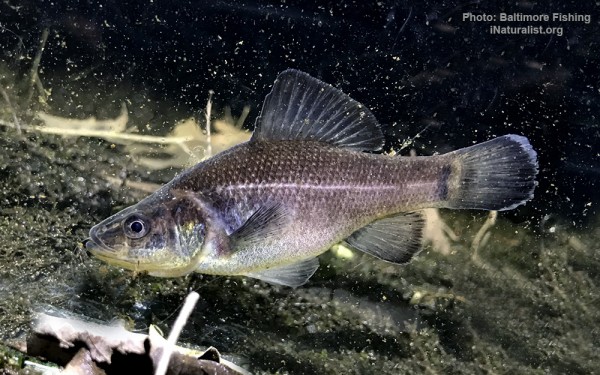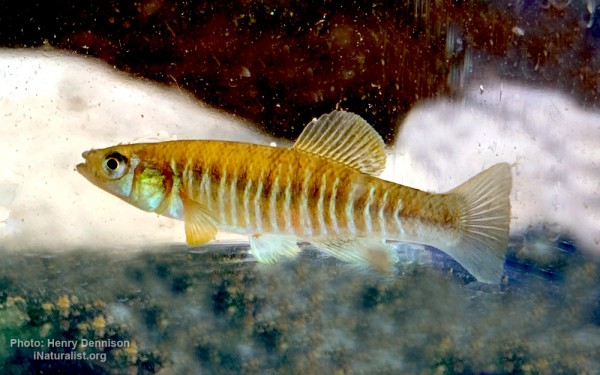Connecticut River

Largest tributaries
Perciformes - Perches
Salmoniformes - Salmons and Trouts
Esociformes - Pikes
Siluriformes - Catfishes
Centrarchiformes - Basses and sunfishes
Cypriniformes - Carps
Acipenseriformes - Sturgeons and Paddlefish
Moroniformes - Temperate basses
Clupeiformes - Herrings
Pleuronectiformes - Flatfishes
Percopsiformes - Trout-perches
Cyprinodontiformes - Toothcarps
Petromyzontiformes - Lampreys
Perciformes - Perches
Salmoniformes - Salmons and Trouts
Esociformes - Pikes
Siluriformes - Catfishes
Centrarchiformes - Basses and sunfishes
Cypriniformes - Carps
Acipenseriformes - Sturgeons and Paddlefish
Moroniformes - Temperate basses
Clupeiformes - Herrings
Pleuronectiformes - Flatfishes
Percopsiformes - Trout-perches
Cyprinodontiformes - Toothcarps
Petromyzontiformes - Lampreys
Perciformes - Perches
Salmoniformes - Salmons and Trouts
Esociformes - Pikes
Siluriformes - Catfishes
Centrarchiformes - Basses and sunfishes
Cypriniformes - Carps
Acipenseriformes - Sturgeons and Paddlefish
Moroniformes - Temperate basses
Clupeiformes - Herrings
Pleuronectiformes - Flatfishes
Percopsiformes - Trout-perches
Cyprinodontiformes - Toothcarps
Petromyzontiformes - Lampreys
The Connecticut River is the longest river in the New England region of the United States, flowing roughly southward for 406 miles (653 km) through four states. It rises 300 yards (270 m) south of the U.S. border with Quebec, Canada, and discharges at Long Island Sound, Atlantic ocean. Its watershed encompasses 11,260 square miles (29,200 km2), covering parts of five U.S. states and one Canadian province, via 148 tributaries, 38 of which are major rivers. It produces 70% of Long Island Sounds fresh water, discharging at 18,400 cubic feet (520 m3) per second.
Fish species
There are several species of anadromous and catadromous fish, including brook trout, winter flounder, blueback herring, alewife, rainbow trout, large brown trout, American shad (Alosa sapidissima), hickory shad, smallmouth bass, Atlantic sturgeon, striped bass (Morone saxatilis), American eel, sea lamprey, and endangered shortnose sturgeon and dwarf wedgemussels.
Additionally, the United States Fish and Wildlife Service has repopulated the river with another species of migratory fish, the Atlantic salmon, which for more than 200 years had been extinct from the river due to damming. Several fish ladders and fish elevators have been built to allow fish to resume their natural migration upriver each spring.
Fresh and brackish water residents of the main branch and tributaries include common carp, white catfish, brown bullhead, fallfish, yellow perch, smallmouth bass, largemouth bass, northern pike, chain pickerel, bluegill, pumpkinseed sunfish, golden shiner, and rock bass.
Much of the beginning of the rivers course in the town of Pittsburg is occupied by the Connecticut Lakes, which contain lake trout and landlocked salmon. Landlocked salmon make their way into the river during spring spawning runs of bait fish and during their fall spawn. The river has fly-fishing-only regulations on 5 miles (8 km) of river. Most of the river from Lake Francis south is open to lure and bait as well. Two tail-water dams provide cold river water for miles downstream, making for bountiful summer fishing on the Connecticut.
After the first major dam was built near Turners Falls, Massachusetts, thirteen additional dams have ended the Connecticut Rivers great anadromous fish runs. Salmon restoration efforts began in 1967, and fish ladders at a fish elevator at Hadley Falls have since enabled migrating fish to return to some of their former spawning grounds. In addition to dams, warm water discharges between 1978 and 1992 from Vermont Yankee Nuclear Power Plant in Vernon, Vermont released water up to 105 °F (41 °C) degrees and the thermal plume reached 55 miles (89 km) downstream to Holyoke. This thermal pollution appears to be associated with an 80% decline in American shad fish numbers from 1992 to 2005 at Holyoke Dam. This decline may have been exacerbated by over-fishing in the mid-Atlantic and predation from resurging striped bass populations. The nuclear plant was closed at the end of 2014, and the shad population increased.
